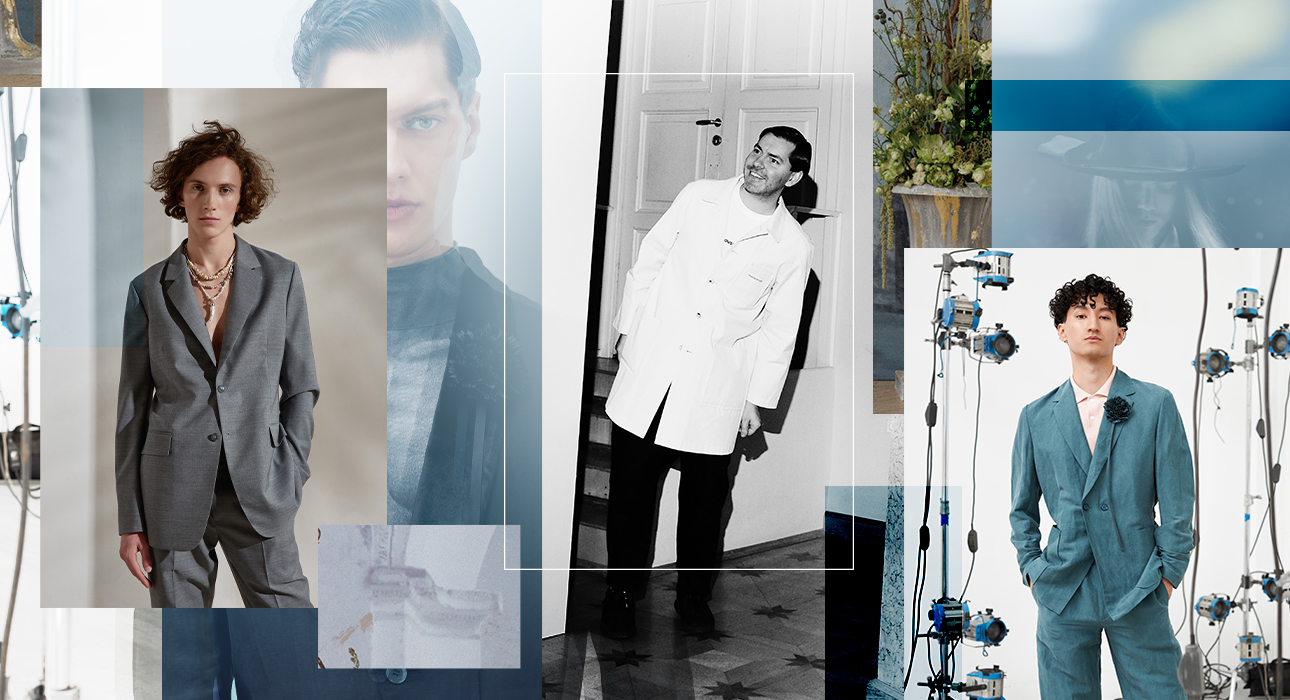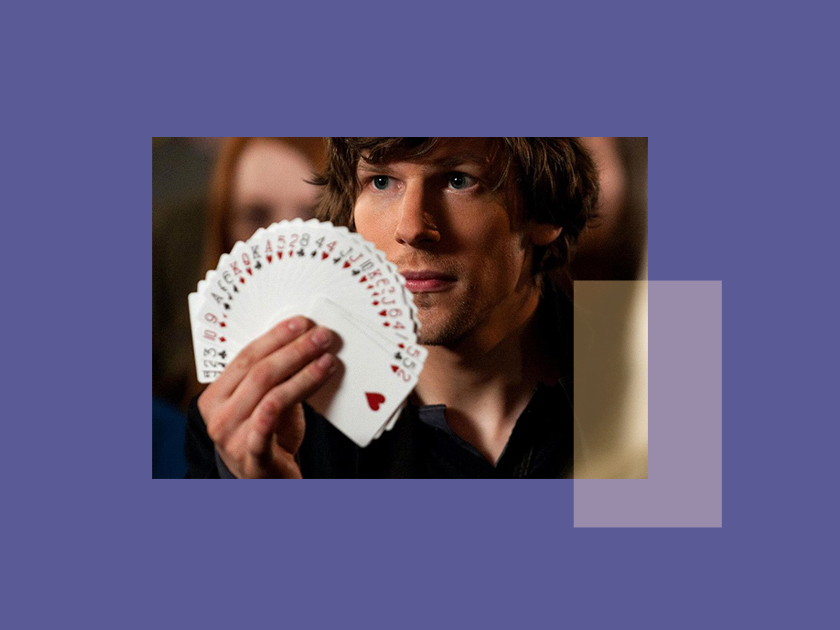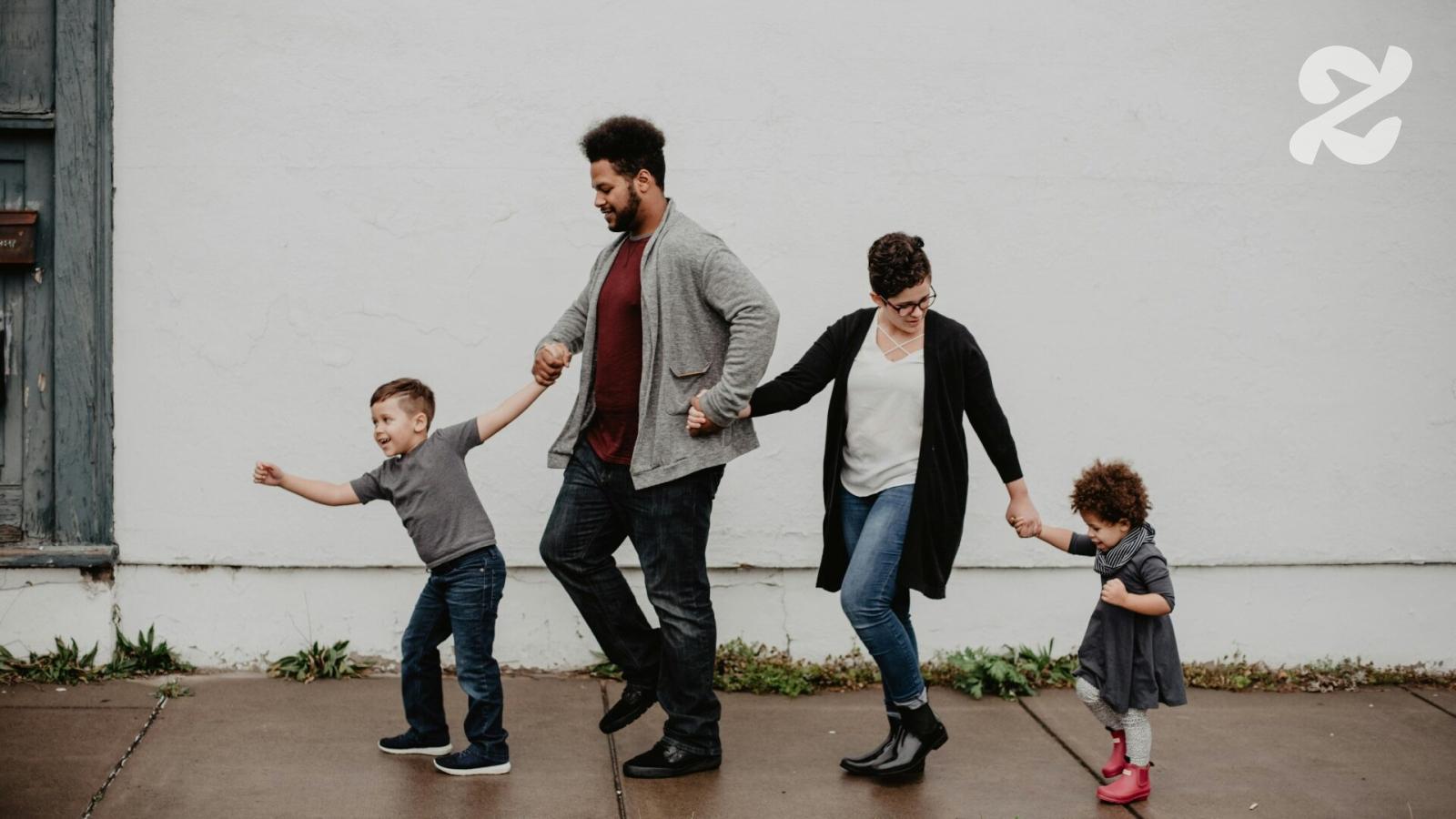When I was 16, I was a victim of domestic violence. However, at the time, I was unaware of it.
For me, domestic violence they were for adults only. I imagined a married woman much older than me, hiding bruises on her body – this is the image we were shown to illustrate this topic, most of the time. She couldn’t look like me. It also couldn’t sound like rape or sexual assault because I never said those words. I thought I was in a relationship with the flu, which didn’t fit into any category of violence that I had been made aware of.
Being a victim of domestic violence as a teenager
Our relationship lasted for two years and at first everything seemed perfect. Then the psychological violence began. He had bouts of jealousy, controlled how I dressed, forbade me to post pictures of myself on social networks and even go out at night.
Sometimes he insulted me and blackmailed me into committing suicide if I decided to leave him. The more time passed, the more I sank into a bottomless pit. He locked me up in his house several times, alone for entire nights while he went out to play. I was hit, insulted and covered up, literally and figuratively.
His family knew about it and they were no help. The friend I tried to talk to about it didn’t believe me and said in high school that my bruises were from self-harm. As for my family, he had managed to keep me away from them. Nevertheless, I didn’t realize I was in an abusive relationship.
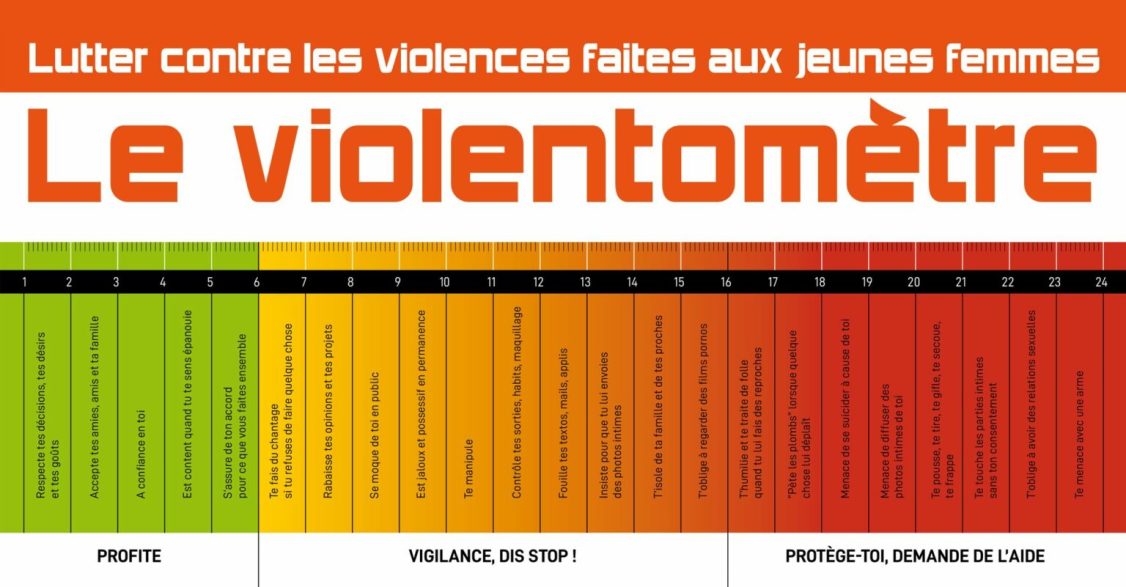
Why I chose to show domestic violence differently
I wished I could understand better, be better educated to spot the danger signs in my relationship. Control, possessiveness, it’s not normal: you don’t own the person you love, you don’t keep them away from those close to you.
I would have liked to know that there were numbers to call, associations that could have accompanied me. I wish I knew I could press charges.
Seven years later, at 23, I’m a model and I’ve chosen to reclaim my story from a series of photographs, staging another representation of domestic violence and of those who suffer it. Because everyone, regardless of age, can be affected. I want to share these photos to show something different from these “shock” images that are often shown in the media, makeup to show blood, bruises.
I wanted to do this service together because often, when we talk about domestic violence, only victims are shown. There is no man in the photos, or are silhouettes in shadow, and I’ve always wondered why. Do men refuse to take on this role? For me it was important that a male model accepted to represent the “bad guy”, that a male figure could be seen as an actor in this violence. Because when you show a woman alone, you don’t tell the whole story.
Accompanied by a photographer, I have tried through my artistic choices to show the influence, the domination of the other, the way it can erode a person… but also the fact that in violent relationships there are not only moments of violence. There are also moments of sweetness, of tenderness and these are precisely the moments that the aggressor uses to manipulate his victim and keep him under control, to prevent him from leaving.
“I wanted to show the domination that is created in intimacy”
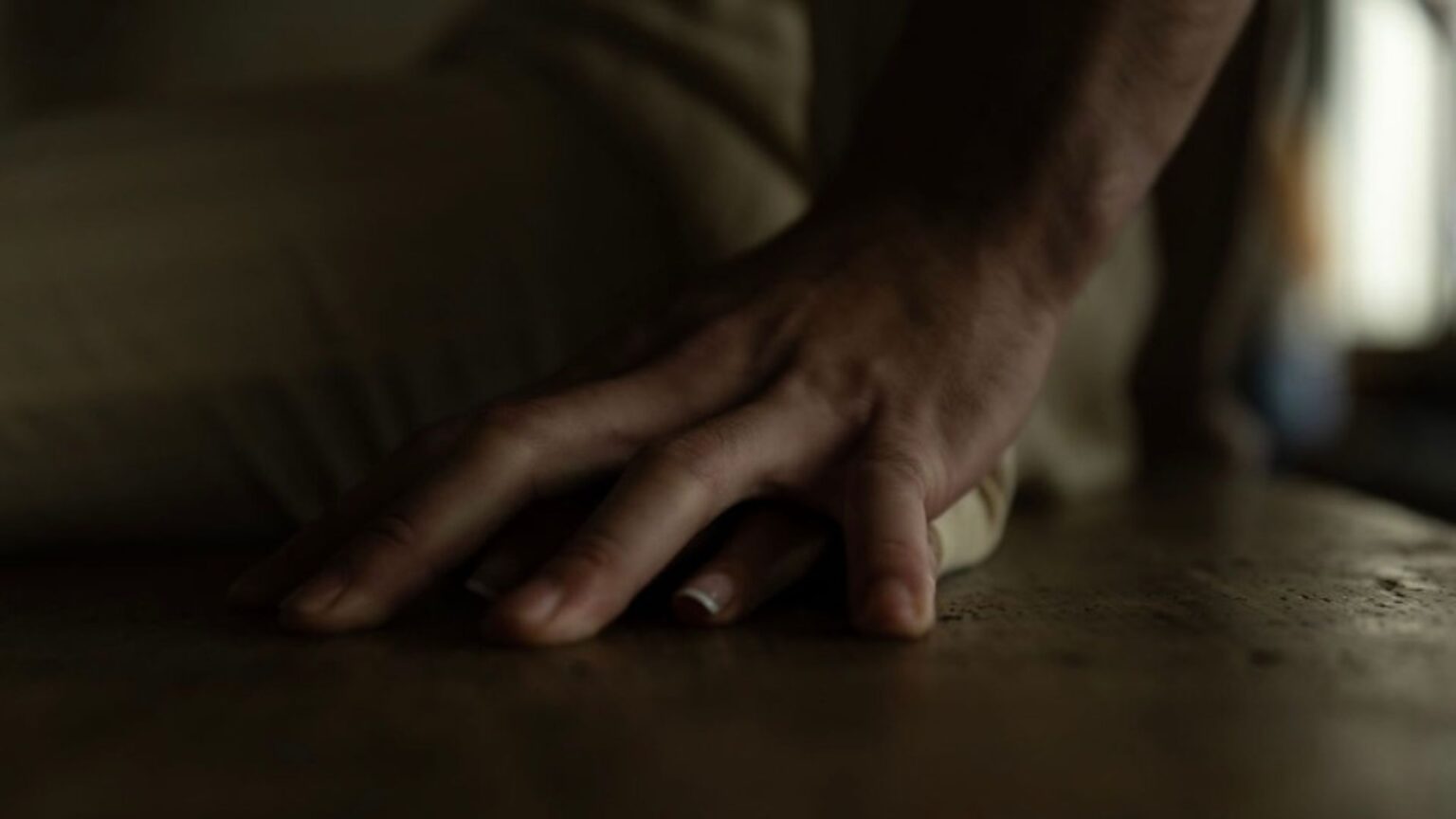
This photograph is a reflection of the suffocation this relationship has been for me. I had the impression that he weighed on me permanently, I could no longer express myself, I no longer recognized myself and lived through him. I was a teenager, vulnerable, and he used it to crush me.
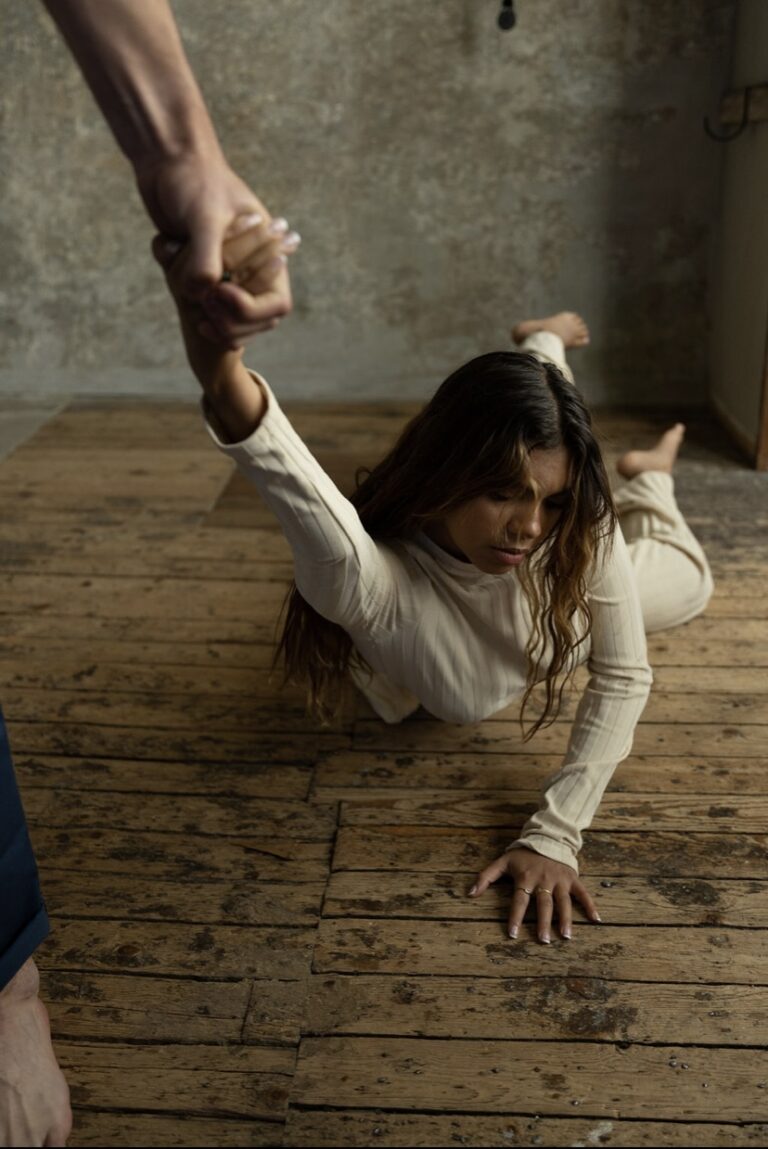
In this, recreate a scene I experienced: being dragged to the ground physically, but also morally. Represents my sensations at that moment, that of being on the ground and not knowing if one day I would be able to get up again. I chose to show only myself and to stage the aggressor slightly, to show both the violence of the relationship, but also the trauma it represents after the breakup, the difficulty in healing from it.
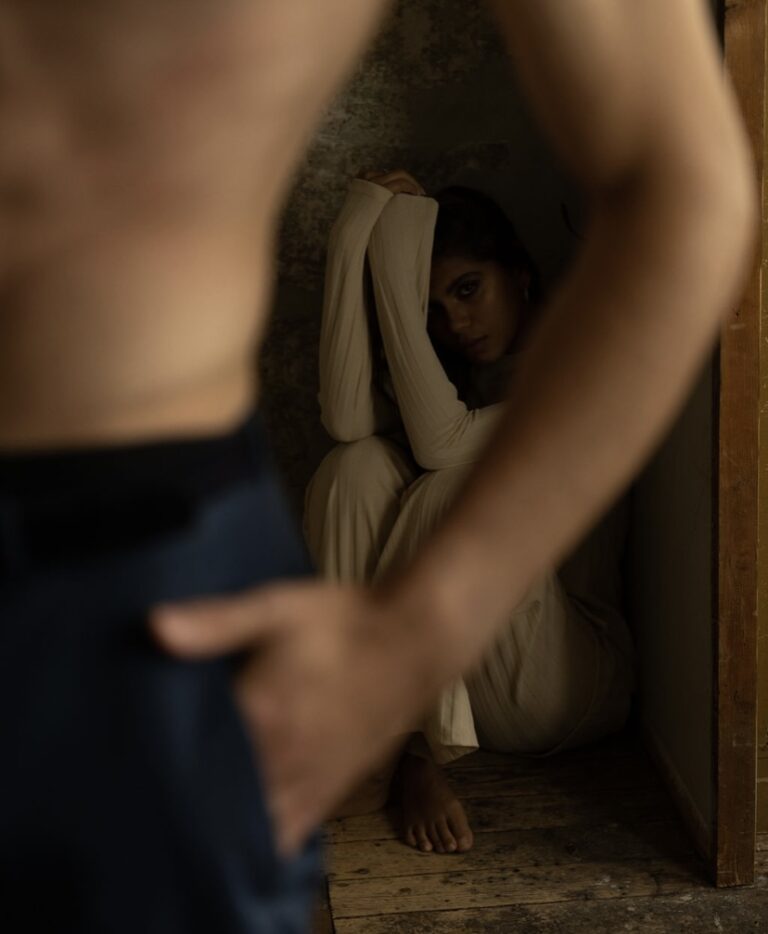
I staged this photo to show the loneliness I felt. I’m erased behind his silhouette in the foreground, but I’m also alone, walled in silence: I was convinced I couldn’t talk about it, that no one could help me.
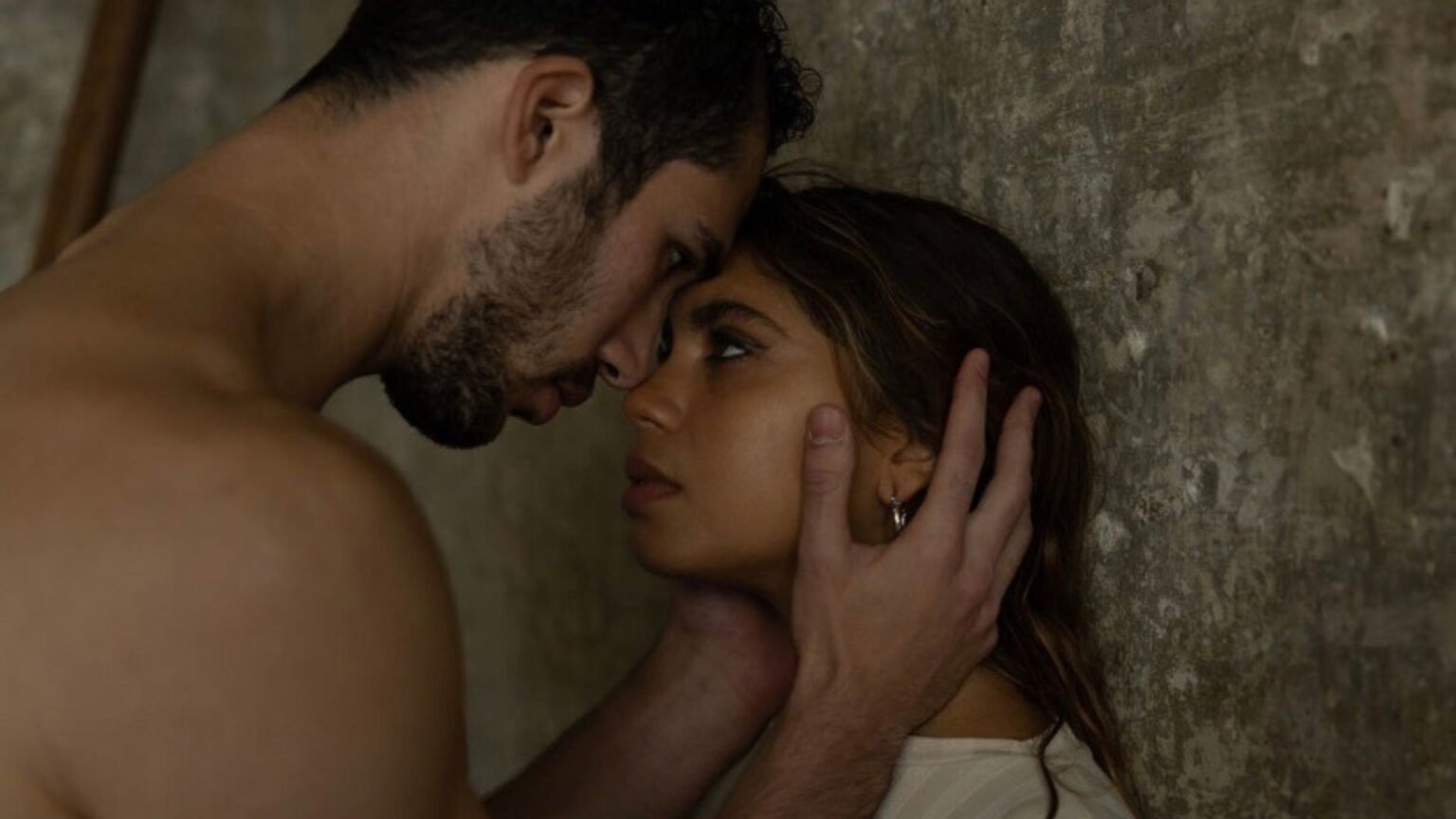
It was crucial for me to have this photo featured in the series. It is a more intimate photo, in which the violence is felt less. It’s a reality of domestic violence, this “honeymoon” phase where the abuser softens and where, after a fight, he asks me for forgiveness and makes me feel like the most precious person on Earth.
For me it is also an integral part of abusive relationships. In my experience, and that of other victims I’ve spoken to, these moments lead to feeling illegitimate to testify: we use these moments of “happiness” to tell ourselves that our relationship is not abusive, while it is a cyclical mechanism. But we never prove it.
It wasn’t easy to immerse myself in these emotions, but it was important and I tried to do it as transparently as possible. I wish there were more different ways to show domestic violence and violence against women so we can realize it more quickly what we are going through is not normal. Because when you’re young you don’t realize it: what you’re going through doesn’t exist around you, so you don’t talk about it. This has to stop.
Photo credit: Anaïs Z / Les Petits Portraits / C.Stane
If you or someone you know is a victim of domestic violence or you just want to find out more:
- 3919 and the government website let’s stop They violence
- Our practical article My boyfriend hit me: how to react, what to do when you are a victim of violence in your relationship?
- the association All ahead and its help chat available at How do we love each other?
Source: Madmoizelle
Elizabeth Cabrera is an author and journalist who writes for The Fashion Vibes. With a talent for staying up-to-date on the latest news and trends, Elizabeth is dedicated to delivering informative and engaging articles that keep readers informed on the latest developments.


